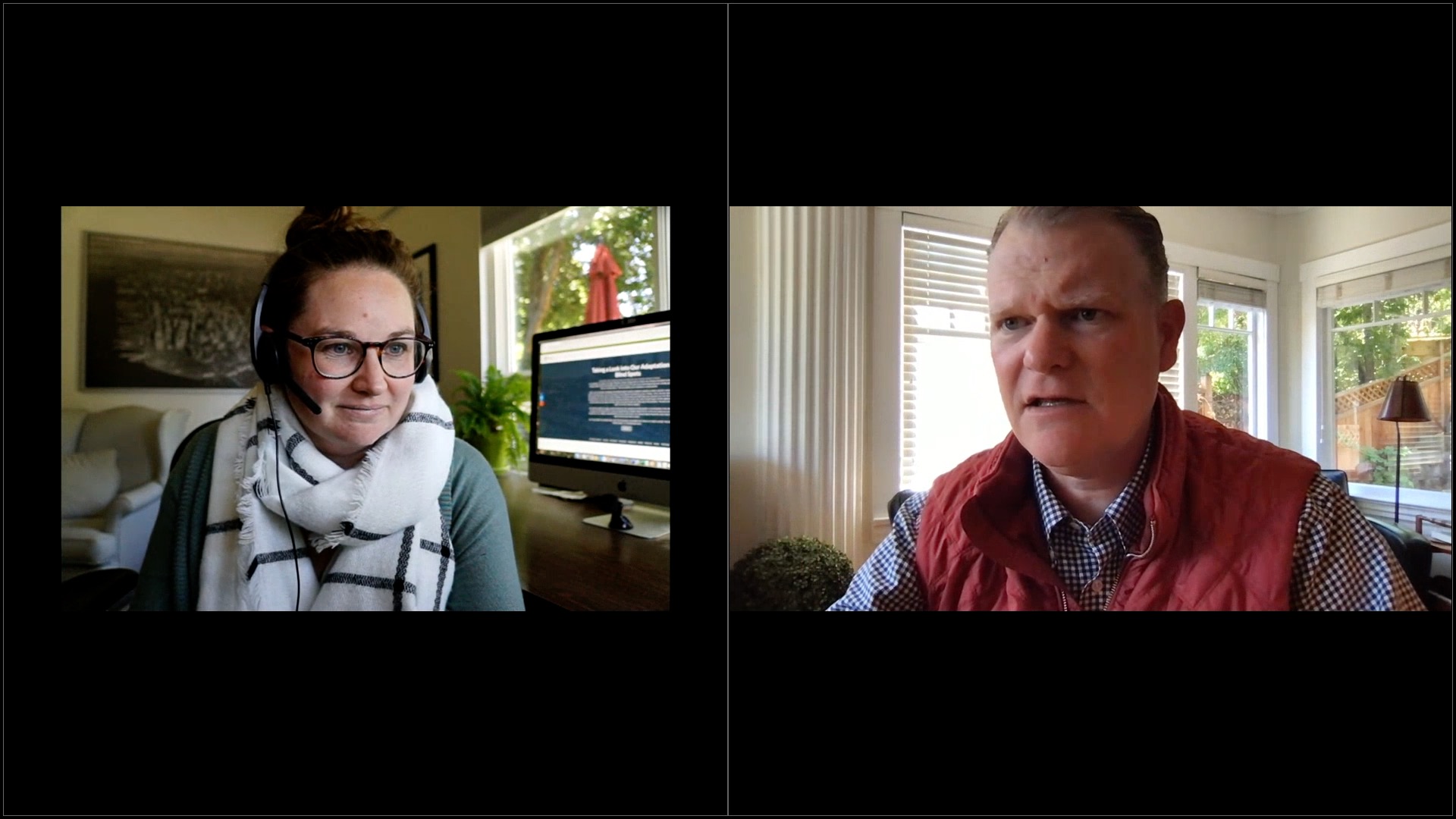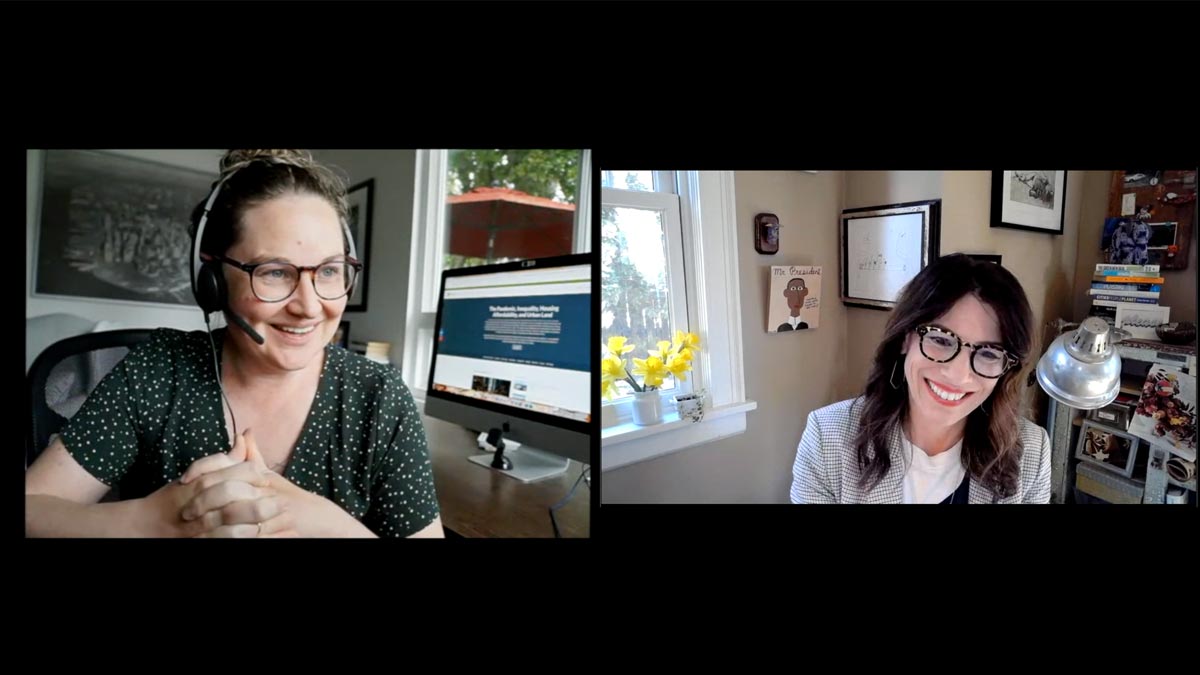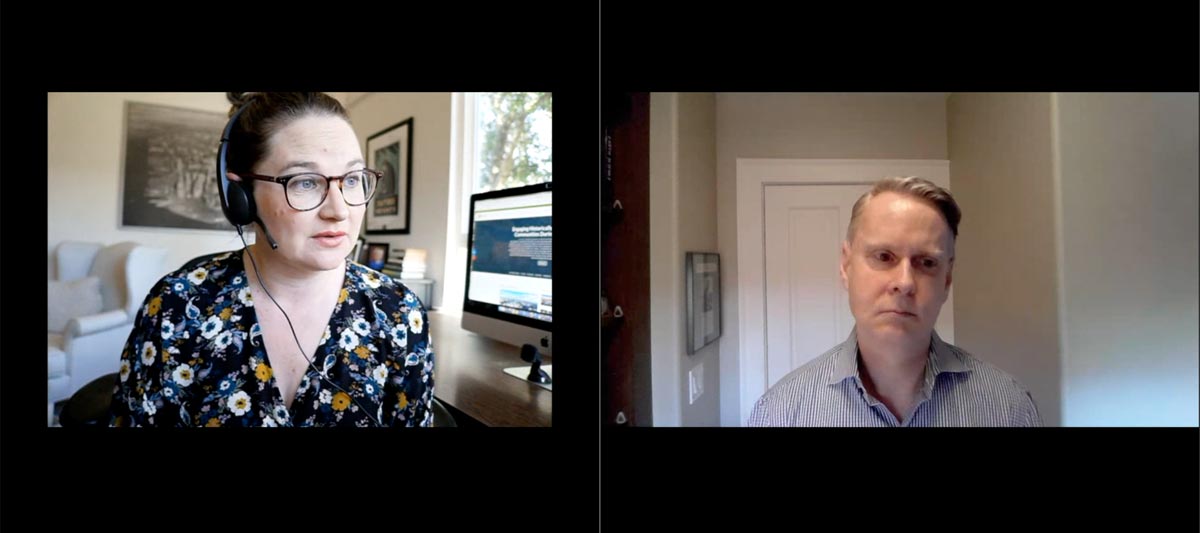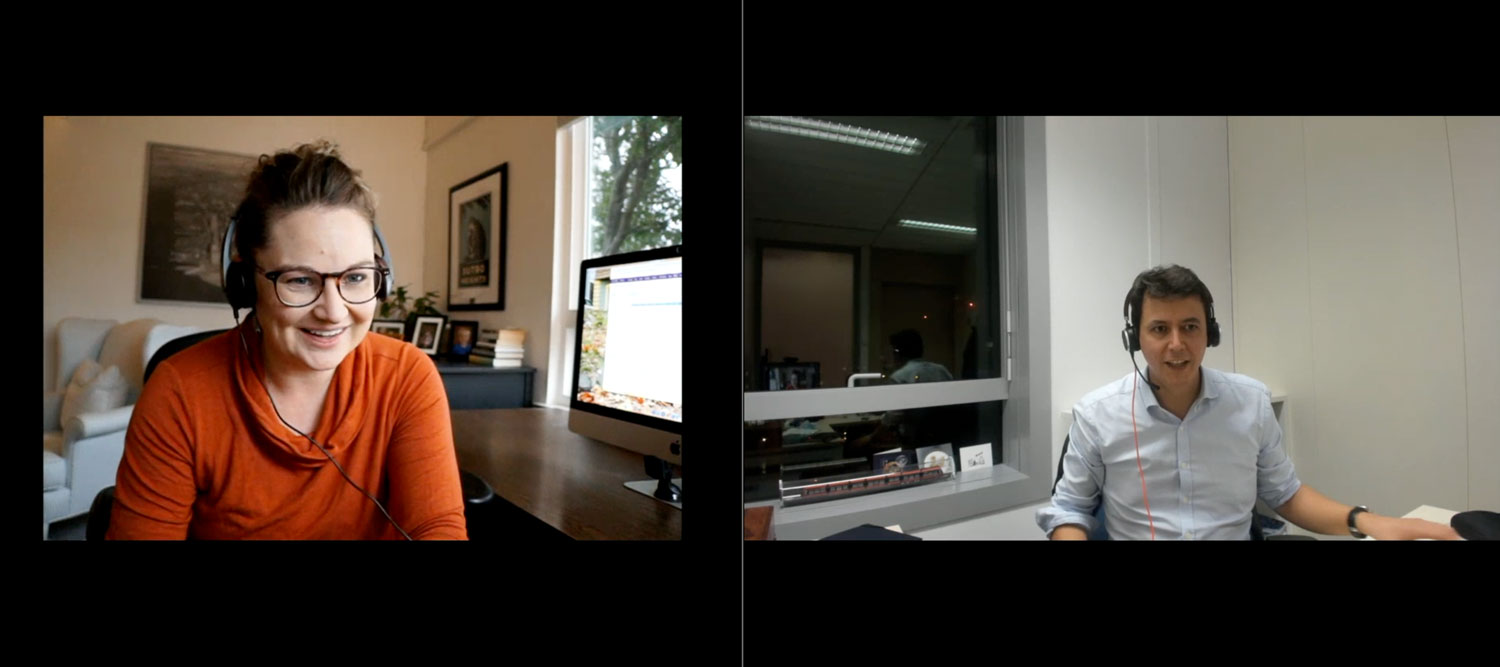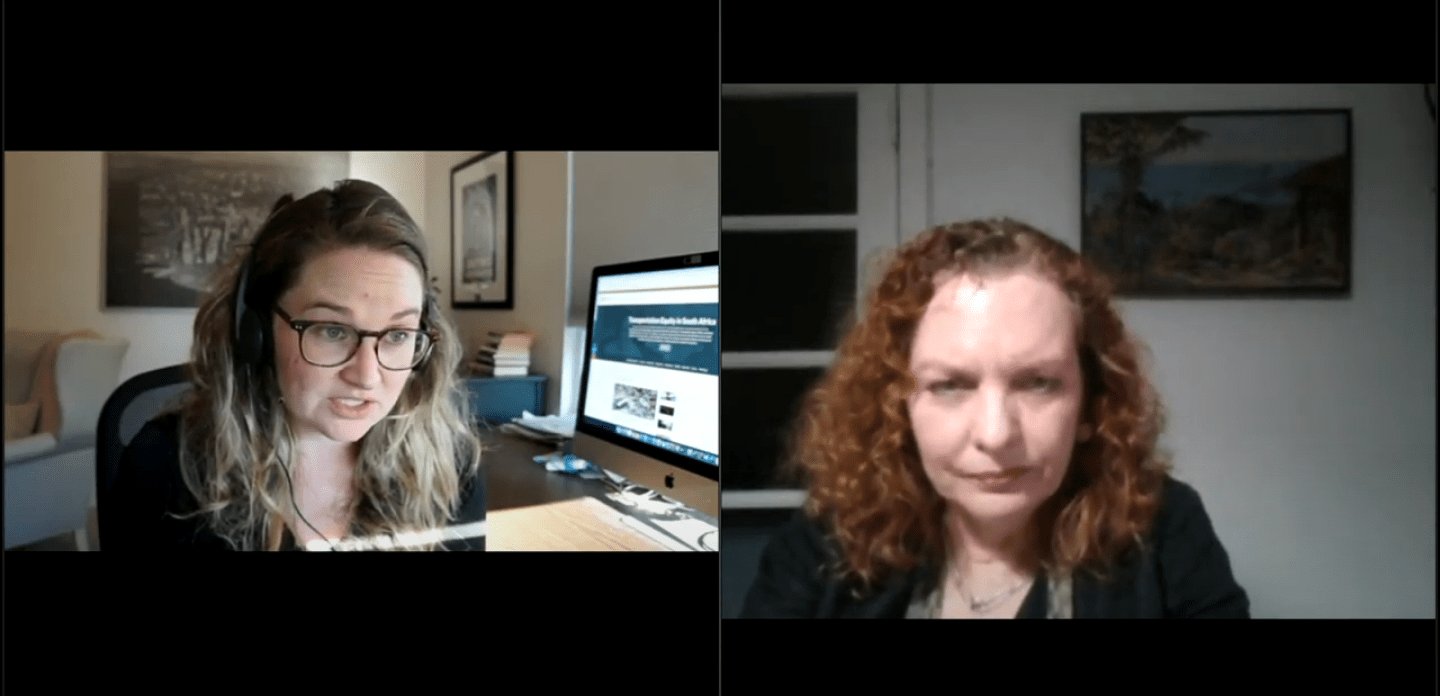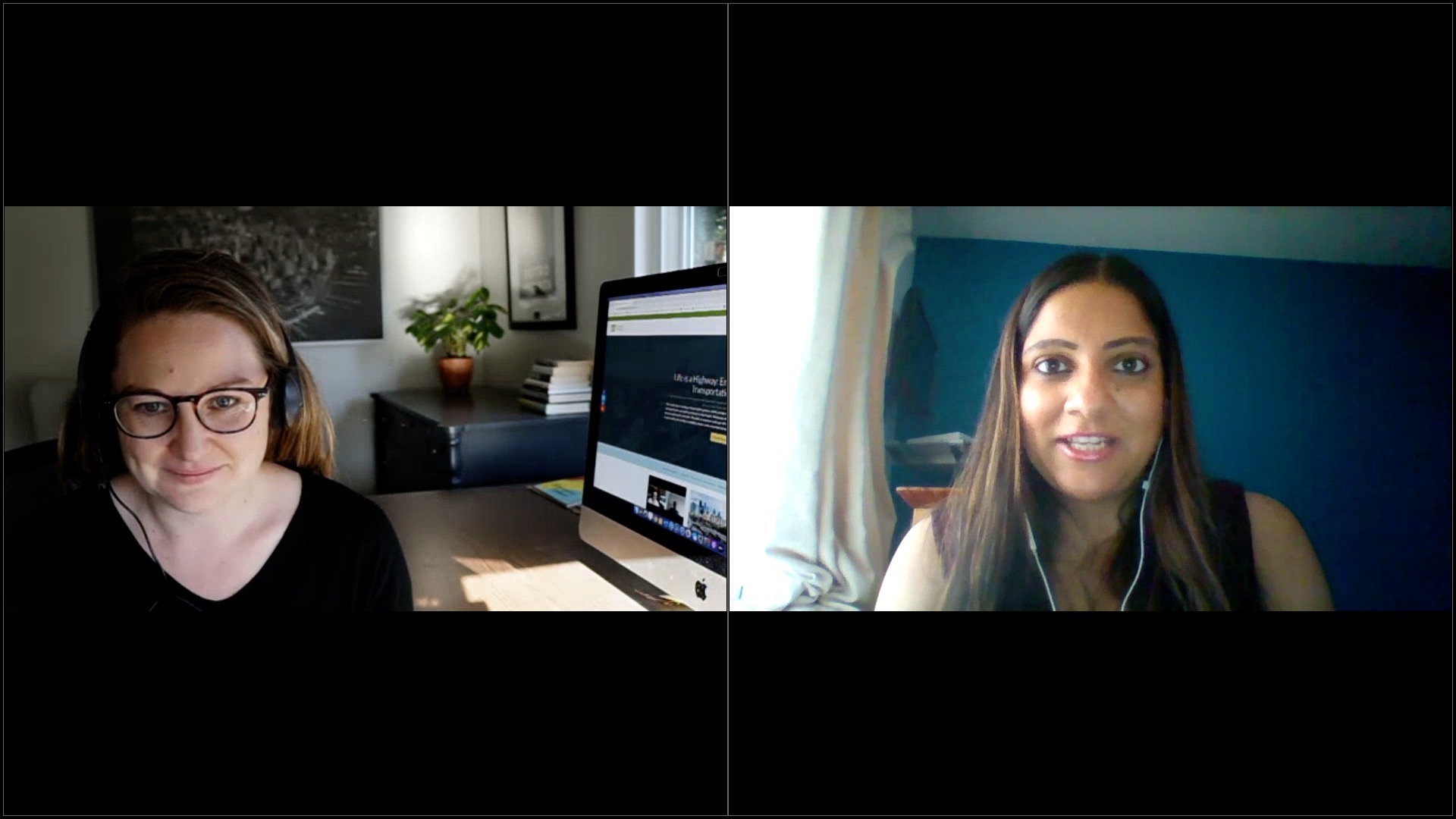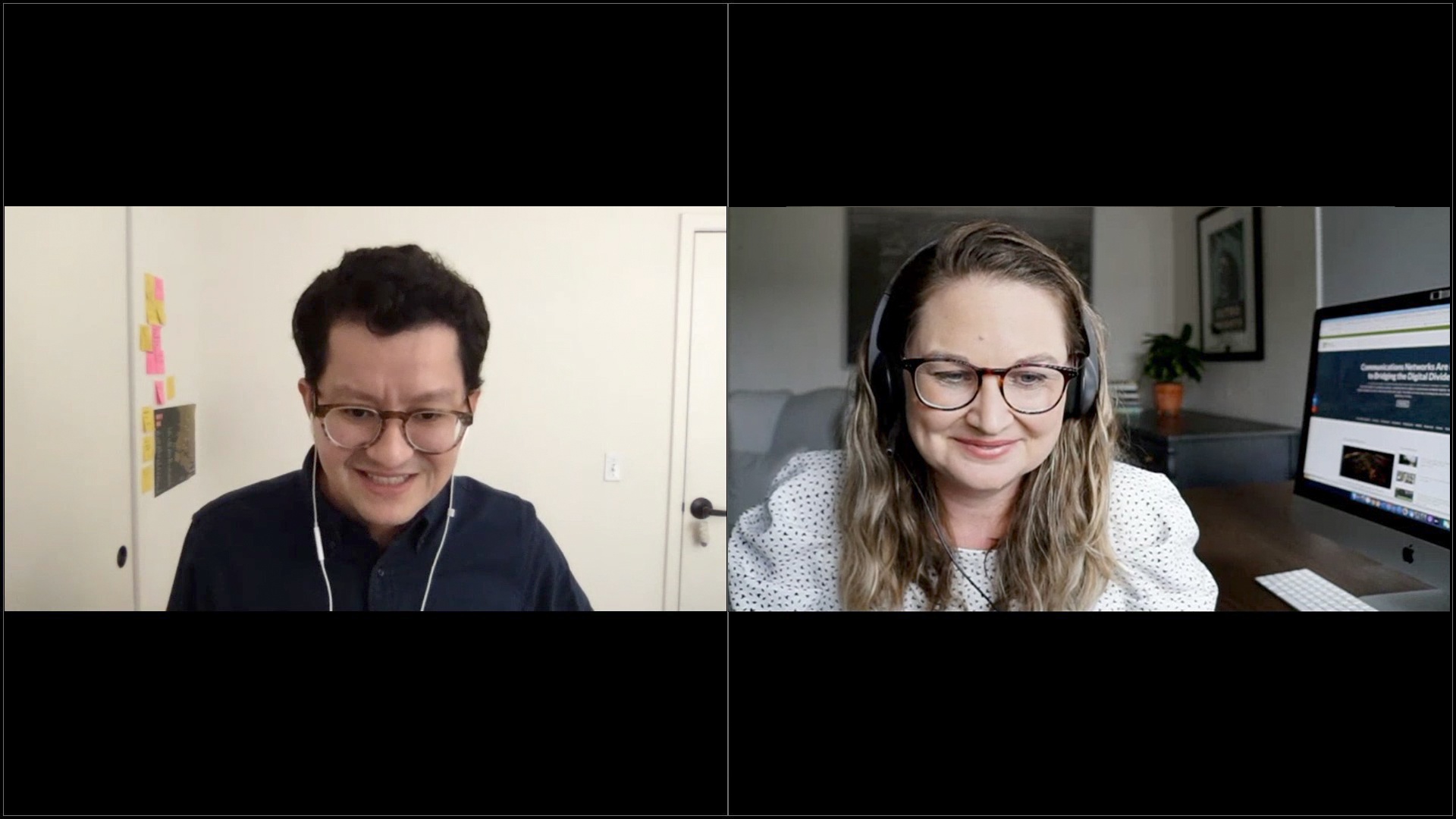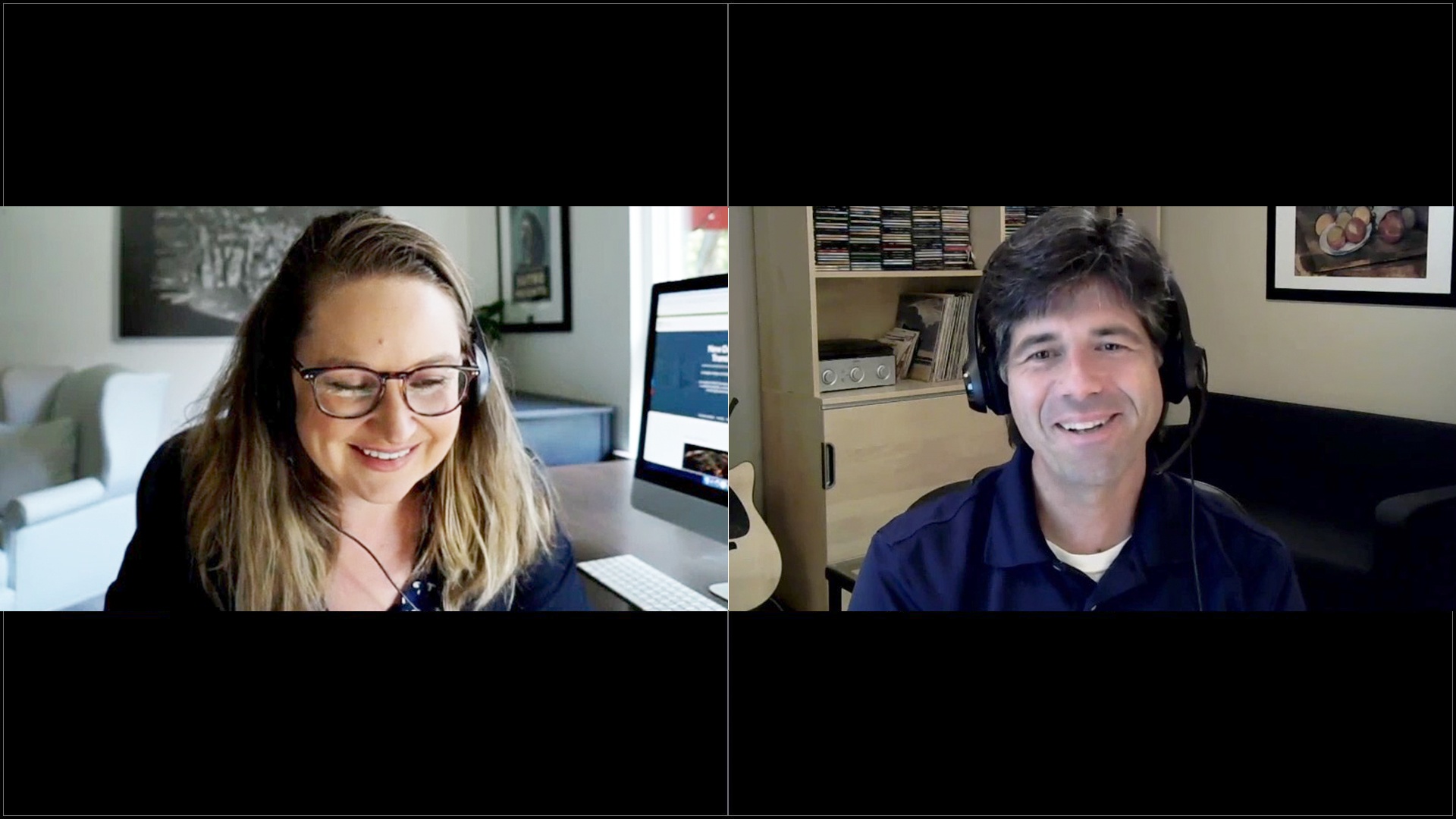Thought Leader Interview
How Cities Are Preparing for the Future of Work
Given the rapidly changing “future of work” space and the impact on our cities over the last 15 months, I decided to catch up with Robert Hoyle Brown to get the latest trends and insights on where we are now and where we are headed next.
Their new report “21 Places of the Future” touches on the key drivers for the creation of jobs in relation to place. We discussed how architectural heritage is tied to jobs and place. We also discussed how people matter and the future role of philosophers and ethicists in our data-driven world. Given the recent cyber attacks on US companies, we discussed the role of cybersecurity as a driver for the creation of jobs, including the jobs of cyber attack agent and cyber calamity forecaster. And we discussed the future of virtual workplaces. Here to stay, go, or evolve? Take a look.
Bleutech Park: Vegas’ New Eco Entertainment Park
I caught up with Steph Stoppenhagen from Black & Veatch the other day about their work on critical infrastructure in Las Vegas. In particular, we talked about the new Bleutech Park project which touts itself as an eco-entertainment park. They are deploying new technologies and materials to integrate water, energy, mobility, housing, and climate-smart solutions as they anticipate full-time residents and park visitors. Hear more from Steph about this new $7.5B high-tech biome in the desert.
How Cities are Using the Cloud to Adapt to the Pandemic
I caught up with Joe Bergera – CEO of Iteris – recently and we discussed a cloud-first strategy for cities and the benefits, particularly during the pandemic. Organizations, cities and companies that have replicated some of their business processes in the cloud have navigated the pandemic quite well. We discuss why that is, and what can be done to help other cities during this time.
City Digitization Strategies During the Pandemic
I spoke recently with Jacques Beltran from Dassault Systemes about how the crisis has been an accelerator for cities and public agencies to implement digitization strategies. He’s an experienced public servant now working with cities to address their data needs. He shares some relevant examples of how cities in Europe were lagging one to two months behind what was really occurring on the ground. I am particularly impressed by their work to build a virtual twin of the city’s concert hall to simulate coughing, masks, and other conditions to plan a safe reopening. They found some very surprising findings. They also worked at a regional scale to predict and visualize viral spread to anticipate hospital capacity a month ahead – a key tool for regional officials. The use of virtual twins are extensive for cities.
Johannesburg and Maputo Partner to Research Transport Needs and Investments
I caught up recently with Sarah Charlton who is Associate Professor at the School of Architecture and Planning at the University of Witwatersrand in Johannesburg.
The research she is leading, located in both Johannesburg, South Africa and Maputo, Mozambique, looks at the interface between the mobility use by residents and transportation investments by the state. The question guiding her research is “are ordinary households using the transport modes that the government is investing in and prioritizing?” The research is a partnership between two universities across two countries and two cities.
Sarah reflects on research during the pandemic across languages, countries, histories and cultures.
Optimization Tools to Help Transit Agencies Recover
I spoke last week with Krishna Desai from Cubic Transportation, and we discussed three big problems facing transportation, and the ways that Cubic is approaching these challenges:
1) If (or when) more workers return to traditional on-location jobs, but feel a lingering distrust of crowded spaces, people who can afford it may opt for private cars instead of using public transit for their commute. This will create a massive influx of cars on roads that were already crowded, and more financial woes for transit agencies already dealing with budget shortfalls. Krishna told me about a suite of optimization tools Cubic is deploying in places like Mexico and San Francisco to make public transit more efficient, more transparent, and, overall, more attractive to riders.
2) For the time being, though, we’re dealing with the opposite problem. How can transit agencies find ways to influence user behavior in a way that complies with social distancing and capacity requirements? How can you incentivize riders to wait for the next bus? (In a way that doesn’t alienate them forever – see #1). Cubic has deployed a loyalty/advertising program in Miami-Dade County that was originally intended to increase ridership, but is now being used to help control crowding and social distancing on transit.
3) Transportation infrastructure, in generally, was not built to accomodate 6-feet of separation between riders – or between workers. Little things like, for example, opening gates, requires workers to be closer than 6-feet to riders, and there are examples like that throughout every transit hub. Technology can help, but creating and implementing software/hardware solutions quickly and efficiently requires experience with innovation, deployment, maintenance and more. Cubic has a program called Project Rebound that shows the possibilities.
Transportation Equity in South Africa
I spoke last week with Njogu Morgan, a post-doctoral researcher specializing in transportation equity in Africa, specifically South Africa, where he is based. As a historian, his research centers around how we can use historical context to better understand current transportation system inequities and access. He’s starting a new research network of emerging and developing scholars who are interested in mobility issues from a historical perspective.
Transit Planning and Resident Behavior: New Research
I caught up with Manuel Santana Palacios last week to discuss his recent research as a PhD candidate at UC Berkeley at the Department of City and Regional Planning with Dan Chatman. His research looks at equity within the bus rapid transit and private transportation networks in Barranquilla, Colombia and Cape Town, South Africa. His interviews with residents shed light on the tension between what planners and policy makers think will best serve residents and the factors that drive transportation behavior among residents. A few takeaways:
- Planners arrive with an assumption that large-scale transportation infrastructure project solves vexing challenges that are most pressing for residents such as a reduction in greenhouse gas emissions and safety when in fact, what residents really need are shorter travel times and affordability.
- Trunk-feeder BRT systems deliver more equitable outcomes in cities with long trunk corridors. This particular urban form compensates for additional transfer times which are often induced by the trunk-feeder BRTs.
- We need to seize this moment to really deliver transportation that meets the needs of residents. Otherwise, getting them to return to public transit after Covid-19 is over will be really difficult.
Changing Broadband Needs in Pandemic-Era Cities
“For a long time we’ve talked about how everybody’s moving to cities […] but I think the pandemic is making people rethink that a little bit if they can get broadband in a rural community.” – Rob McCann, Founder, Clearcable
I spoke last week with with Rob McCann, the Founder of Clearcable, an Ontario-based supplier of broadband connectivity. I discussed how the pandemic and stay-at-home orders have impacted the supply and demand of broadband among their clients throughout North America. My key take-aways from this discussion:
- Clearcable saw its broadband usage jump 25% immediately following the stay-at-home orders in March. His explanation of how Clearcable was able to absorb this instant demand spike is a clear example of the rewards of long-term infrastructure planning.
- I was intrigued by his explanation of how cities can derisk the economics of rural broadband connectivity by entering the market as Open Access networks or fully competitive ISPs.
- Rob believes the pandemic and work-from-home options have slowed urban migration trends and, indeed, presented broadband connectivity as an antidote to the rural-urban migration that has characterized so much of the discussion around urban sustainability over the last 20 years. Do you agree or disagree? Please add your comments below.
Crisis funding for public parks
I spoke last week to Adrian Benepe, former commissioner for the NYC Parks Department and currently the Senior Vice President and Director of National Programs at The Trust for Public Land.
We discussed a lot of things – the increased use of parks in the era of COVID-19, the role parks have historically played – and currently play – in citizens’ first amendment right to free speech and protests, access & equity for underserved communities, the coming budget shortfalls and how they might play out in park systems.
I wanted to pull out the discussion we had about funding for parks and share Adrian’s thoughts with all of you, as I think it will be most timely and valuable as we move forward with new budgets and new realities.
What is the Role of Chief Resilience Officers in Responding to COVID-19 and Black Lives Matter Protests?
I spoke recently with Stewart Sarkozy-Banoczy about his work with Resiliency Officers around the world through the Global Resilient Cities Network. My four takeaways from this 9-minute video:
- As Stewart says, COVID-19 “ripped the bandaid off” to show the weaknesses and frailties of our cities and towns. Chief Resiliency Officers (CROs) around the world are well positioned to assist Mayors in mitigating/recovering from Covid-19 and responding to the protests and civil unrest across our cities.
- Their interdisciplinary, holistic role is exactly what’s needed right now as we tackle the enormous task(s) currently at play in cities throughout the world. Not surprisingly, cities, and even states, are creating more resiliency officer positions. Louisiana, for example, has recently created a State Resiliency Officer position.
- Resiliency’s baked-in focus on equity and racial justice sets up resiliency officers to quickly engage and assist Mayors offices as they respond to the protests and call for racial justice.
- Resiliency officers are seeking to expand their network to engage with leaders (across sectors) focused on this work through the new Cities for Resiliency Recovery network. More information is here.
Lessons from the Lockdown in Paris
Laetitia Dablanc is a Director of Research at the University Gustave Eiffel/IFSTTAR and a member of MetroFreight, a VREF Center of excellence in urban freight research. I spoke to her recently about lessons learned from the COVID-19 lockdown in Paris.
My take aways from this 6-min video:
- She estimates that the lockdown resulted in a 30% reduction in VMT, but the effect were not lasting. Traffic is already back to pre-lockdown levels in Paris.
- The Parisian government rapidly deployed improvements in data management, traffic enforcement, bicycle lanes, and the subsidy for companies acquiring electric vehicles has been doubled – all in the last few months.
- The demand for bicycle delivery services (UberEats, etc.) has led to an expansion of gig-based jobs in this sector (and increased use of those new bike lanes!). Laetitia thinks freight companies have an opportunity here to attract these part-time, temporary workers to be full-time, longterm workers in freight if the right training programs can be established.

